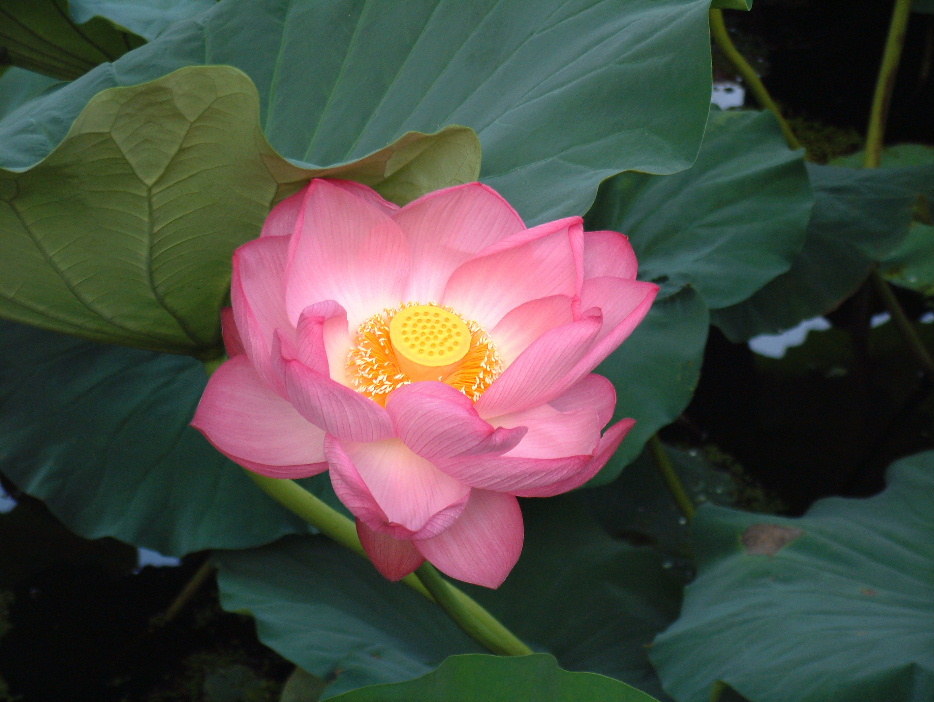Flower Sermon on:
[Wikipedia]
[Google]
[Amazon]
 The Flower Sermon is a story of the origin of
The Flower Sermon is a story of the origin of
 The Flower Sermon is a story of the origin of
The Flower Sermon is a story of the origin of Zen
Zen ( zh, t=禪, p=Chán; ja, text= 禅, translit=zen; ko, text=선, translit=Seon; vi, text=Thiền) is a school of Mahayana Buddhism that originated in China during the Tang dynasty, known as the Chan School (''Chánzong'' 禪宗), and ...
Buddhism in which Gautama Buddha
Siddhartha Gautama, most commonly referred to as the Buddha, was a wandering ascetic and religious teacher who lived in South Asia during the 6th or 5th century BCE and founded Buddhism.
According to Buddhist tradition, he was born in L ...
transmits direct '' prajñā'' (wisdom) to the disciple Mahākāśyapa
Mahākāśyapa ( pi, Mahākassapa) was one of the principal disciples of Gautama Buddha. He is regarded in Buddhism as an enlightened disciple, being foremost in ascetic practice. Mahākāśyapa assumed leadership of the monastic community fol ...
. In the original Chinese, the story is ''Niān huā wēi xiào'' (拈花微笑, literally "Pick up flower, subtle smile").
Content
In the story, the Buddha gives a wordless sermon to his disciples (''sangha
Sangha is a Sanskrit word used in many Indian languages, including Pali meaning "association", "assembly", "company" or "community"; Sangha is often used as a surname across these languages. It was historically used in a political context t ...
'') by holding up a white flower. No one in the audience understands the Flower Sermon except Mahākāśyapa
Mahākāśyapa ( pi, Mahākassapa) was one of the principal disciples of Gautama Buddha. He is regarded in Buddhism as an enlightened disciple, being foremost in ascetic practice. Mahākāśyapa assumed leadership of the monastic community fol ...
, who smiles. Within Zen, the Flower Sermon communicates the ineffable nature of '' tathātā'' (suchness) and Mahākāśyapa's smile signifies the direct transmission
Transmission may refer to:
Medicine, science and technology
* Power transmission
** Electric power transmission
** Propulsion transmission, technology allowing controlled application of power
*** Automatic transmission
*** Manual transmission
** ...
of wisdom without words. The Buddha affirmed this by saying:
Jung
Carl Gustav Jung ( ; ; 26 July 1875 – 6 June 1961) was a Swiss psychiatrist and psychoanalyst who founded analytical psychology. Jung's work has been influential in the fields of psychiatry, anthropology, archaeology, literature, phi ...
and Kerényi demonstrate a possible commonality in intent between the Flower Sermon and the Eleusinian Mysteries
The Eleusinian Mysteries ( el, Ἐλευσίνια Μυστήρια, Eleusínia Mystḗria) were initiations held every year for the cult of Demeter and Persephone based at the Panhellenic Sanctuary of Elefsina in ancient Greece. They are t ...
:
One day the Buddha silently held up a flower before the assembled throng of his disciples. This was the famous "Flower Sermon." Formally speaking, much the same thing happened in Eleusis when a mown ear of grain was silently shown. Even if our interpretation of this symbol is erroneous, the fact remains that a mown ear was shown in the course of the mysteries and that this kind of "wordless sermon" was the sole form of instruction in Eleusis which we may assume with certainty.Jung, C. G. & Kerényi, C. (2005). ''Essays on a Science of Mythology: The Myth of the Divine Child and the Mysteries of Eleusis''. Routledge; 2 edition. . Routledge, p. 179. Source
(accessed: November 28, 2007)
History
The story of the Flower Sermon appears to have been recorded byChinese Chán
Chan (; of ), from Sanskrit '' dhyāna'' (meaning " meditation" or "meditative state"), is a Chinese school of Mahāyāna Buddhism. It developed in China from the 6th century CE onwards, becoming especially popular during the Tang and ...
Buddhists. The earliest known version of the tale appeared in 1036.
See also
*Mahayana sutras
The Mahāyāna sūtras are a broad genre of Buddhist scriptures (''sūtra'') that are accepted as canonical and as ''buddhavacana'' ("Buddha word") in Mahāyāna Buddhism. They are largely preserved in the Chinese Buddhist canon, the Tibet ...
*Platform Sutra
The ''Platform Sutra of the Sixth Patriarch'' ( or simply: ''Tánjīng'') is a Chan Buddhist scripture that was composed in China during the 8th to 13th century. The "platform" (施法壇) refers to the podium on which a Buddhist teacher spe ...
*Southern School
The Southern School () of Chinese painting, often called " literati painting" (), is a term used to denote art and artists which stand in opposition to the formal Northern School () of painting. The distinction is not geographic, but relates to ...
Notes
{{reflistReferences
* Welter, Albert. 2000. Mahākāśyapa’s Smile: Silent Transmission and the Kung-an (Kōan) Tradition. In ''The Kōan: Texts and Contexts in Zen Buddhism'', edited by Steven Heine & Dale S. Wright. Oxford and New York: Oxford University Press, pp. 75–109. Buddhist sermons Chan Buddhism Flowers in religion Gautama Buddha